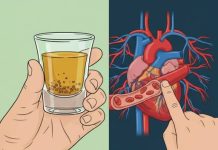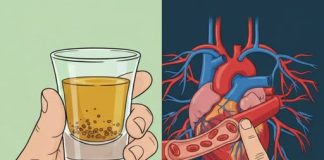The “death rattle” is a term used to describe a distinctive sound that often occurs in the final hours of a person’s life. While it can be distressing for loved ones to hear, understanding its causes and implications can provide comfort during a challenging time.
What Is the Death Rattle?
The death rattle refers to a wet, gurgling, or crackling sound that may accompany each breath of a person nearing death. This occurs when individuals lose the ability to swallow or cough effectively, leading to an accumulation of saliva and mucus in the throat and upper airways. As air passes through these secretions during breathing, the characteristic sound emerges.

Causes and Mechanism
As the body approaches the end of life, several physiological changes occur:
- Loss of Swallowing Reflex: Diminished consciousness can impair the swallowing reflex, causing secretions to pool in the throat.
- Reduced Cough Reflex: Weakness or unconsciousness may prevent effective coughing, hindering the clearance of accumulated fluids.
- Changes in Breathing Patterns: Breathing may become irregular or labored, amplifying the sound as air moves through the pooled secretions.
- These factors contribute to the development of the death rattle, signaling that the body is in the final stages of life.
Timing and Prognosis
The onset of the death rattle typically indicates that death is imminent, often occurring within 24 to 48 hours. However, the exact timing can vary based on individual circumstances and underlying health conditions.
Impact on the Dying Person
While the sound may be unsettling to those present, it’s important to note that the dying individual is usually unaware of the noise. Due to decreased consciousness, they are unlikely to experience discomfort or distress from the death rattle.
Management and Comfort Measures
Although the death rattle doesn’t cause discomfort to the patient, caregivers may take steps to ease the emotional impact on family members:
- Repositioning: Turning the person onto their side with the head slightly elevated can help reduce the accumulation of secretions.
- Medication: Anticholinergic drugs, such as glycopyrrolate or atropine, may be administered to decrease saliva production.
- Limiting Fluids: Reducing the intake of fluids can minimize the volume of secretions.
- Gentle Suctioning: In some cases, carefully suctioning the mouth may help clear excess fluids.
These interventions aim to provide a more peaceful environment for both the patient and their loved ones.
Emotional Considerations for Families
Witnessing the death rattle can be emotionally challenging. Understanding that it’s a natural part of the dying process and not a sign of suffering can offer some solace. Healthcare providers often offer support and guidance to families during this time, helping them navigate the emotional landscape of end-of-life care.
Differentiating from Other Breathing Patterns
It’s essential to distinguish the death rattle from other end-of-life respiratory patterns:
- Agonal Breathing: Characterized by gasping breaths, agonal breathing is often a sign of a medical emergency and may require immediate intervention.
- Cheyne-Stokes Respiration: This pattern involves alternating periods of deep and shallow breathing, often seen in the dying process.
- Recognizing these patterns can help caregivers and family members understand the stage of the dying process and respond appropriately.

Conclusion
The death rattle is a common occurrence in the final stages of life, resulting from the body’s natural decline. While it may be distressing to hear, it’s not indicative of pain or suffering for the dying individual. By understanding its causes and implications, families can find comfort and focus on providing a peaceful and supportive environment during their loved one’s final moments.

















